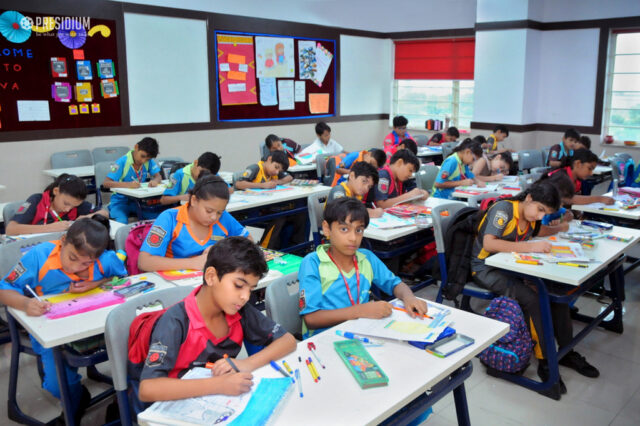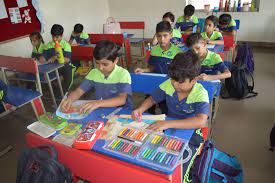Posters are an essential tool for promoting school events, helping to engage students, parents, and the community. A well-designed poster not only grabs attention but also communicates information effectively. Here’s a comprehensive guide on how to design eye-catching posters for school events that will inform and excite your audience.

Table of Contents
Toggle1. Define Your Purpose and Audience
Before diving into the design process, clarify the purpose of your poster. Are you promoting a school play, a science fair, a sports event, or a fundraiser? Understanding the specific audience—students, parents, or faculty—will guide your design choices. Tailor your messaging and visuals to resonate with that demographic.
2. Create a Clear and Concise Message
Your poster should communicate the essential details at a glance. Focus on the following elements:
- Event Title: Make it bold and prominent. This is the first thing people will see.
- Date and Time: Clearly state when the event will take place.
- Location: Include the venue or specific classroom.
- Call to Action: Encourage your audience to participate, such as “Join Us!” or “Get Your Tickets Now!”
Keep your text concise and avoid clutter. Limit the amount of information to what’s necessary for understanding the event.
3. Choose a Catchy Theme
Align your poster design with the theme of the event. For example:
- For a science fair, consider using laboratory or scientific imagery.
- For a holiday concert, incorporate festive colors and decorations.
Using a cohesive theme helps convey the event’s essence and creates a visual connection to the occasion.
4. Use Engaging Visuals
Visuals play a crucial role in capturing attention. Here are some tips for incorporating visuals:
- Images: Use high-quality images related to the event, such as photos from previous events, relevant graphics, or student artwork.
- Graphics: Consider adding icons or illustrations that reinforce your theme.
- Colors: Select a color palette that reflects the event’s mood and aligns with school colors. Bright, vibrant colors can evoke excitement, while softer tones might suit formal events.
5. Select Appropriate Fonts
Typography is essential for readability and conveying the event’s tone. Here are some tips:
- Readability: Choose fonts that are easy to read from a distance. Avoid overly decorative fonts that can detract from your message.
- Hierarchy: Use different font sizes and styles to create a hierarchy of information. The event title should be the most prominent, followed by essential details in smaller text.
- Consistency: Stick to two or three fonts to maintain a cohesive look.
6. Incorporate School Branding
Include your school’s logo and colors in your poster design to reinforce the school’s identity. This consistency helps foster a sense of community and connection among students and parents. Make sure your school branding is visible but not overpowering; the event details should still take center stage.
7. Create a Balanced Layout
A well-structured layout enhances the overall effectiveness of your poster. Follow these guidelines:
- White Space: Use white space strategically to prevent clutter and allow important information to stand out.
- Alignment: Ensure elements are aligned for a clean and organized appearance. This can help guide the viewer’s eye through the poster.
- Flow: Design the layout so that the viewer’s eye naturally moves from the headline to the details to the call to action.
8. Proofread and Edit
Before finalizing your poster, take the time to proofread all text. Spelling or grammatical errors can undermine the professionalism of your poster. Ask a colleague or student to review the poster for clarity and effectiveness.
9. Consider Distribution Methods
Think about where and how your posters will be displayed. If they will be hung in hallways, ensure they are large enough to be seen from a distance. If you plan to share digital versions, make sure the design translates well to various online platforms.
10. Get Feedback and Revise
If possible, seek feedback from peers or students before printing the final version. Fresh perspectives can highlight areas for improvement or elements that might not be clear. Make necessary revisions to ensure your poster is as effective as possible.
Conclusion
Designing posters for school events is an exciting opportunity to promote community engagement and school spirit. By focusing on clear messaging, engaging visuals, and a cohesive design, you can create posters that not only attract attention but also inspire participation. Remember, a well-designed poster can play a significant role in the success of your event—so let your creativity shine! Happy designing!


No responses yet